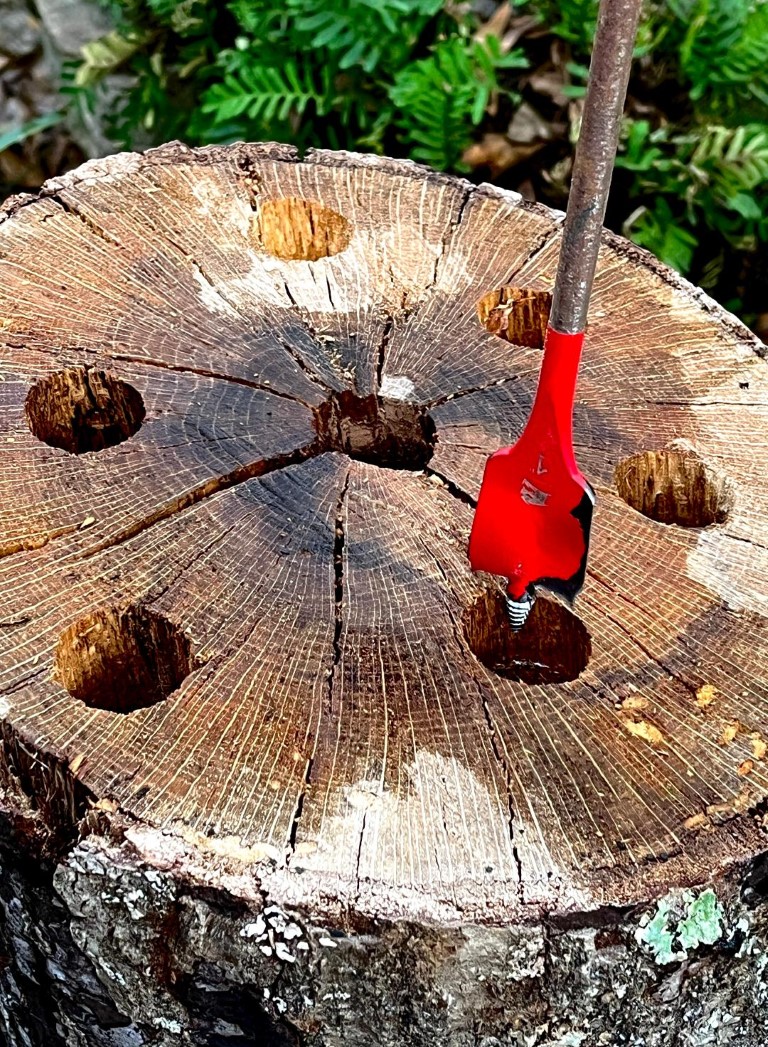Divided soybean crop has good price prospect
Published 7:53 am Monday, August 2, 2021
By Bonnie Coblentz
MSU Extension Service
Most soybeans in Mississippi are having a good year to date, with 82% of the crop appearing in good or excellent shape past the midway point in the season.
Prices also look good, with averages above those of recent years.
Trending
But Trent Irby, soybean specialist with the Mississippi State University Extension Service, said the state’s soybean scene this year really is a tale of two crops.
“Our full-season acres that weren’t impacted by flooding look really good right now for the most part,” Irby said. “We still have a lot of growing season left, but there are a lot of acres with great yield potential at this point.”
The remaining acres are not so easy to characterize. Irby said soybeans were still being planted in places as of mid-July. Most of these crops were replants forced by flooding.
“Several areas around the state received big rain events during June that resulted in substantial flooding,” Irby said. “There were also areas impacted days later as rivers and creeks got out and flooded fields.”
Irby estimated most of the state’s soybean crop was planted in a normal window as early as late March through June after wheat harvest. Because of the devastating rains in late June, there are more late-planted soybeans than normal. Some of these fields were not planted until late July, and Irby said planting may continue.
“That leaves the question of how many soybean acres were planted in the state in 2021 still very open,” Irby said.
Trending
“The most recent report estimated Mississippi at 2.25 million acres of soybeans, but there were a lot of acres impacted by flooding during the time of that estimate,” he said. “Some of those flooded acres will not be replanted at all this year, and other acres originally planted to other crops may end up as soybean acres for the year.”
Other than flooding and replanting, the growing season has mostly seen typical challenges. Slugs were an early problem in some places, and fall armyworms are a major problem in other places. Irby said some nutrient deficiencies are showing up in places as well.
“The main focus moving forward will be continuing to scout for insect and disease issues, cleaning up weeds in late-planted fields and getting this crop moved toward the finish line,” Irby said. “We will hope for some great weather in the fall, particularly for these late-planted beans, to have a successful harvest.”
Price is another piece of the puzzle for growers. Will Maples, Extension agricultural economist, said soybean producers are facing a better price outlook than they have in recent years.
“New crop November soybean futures averaged $13.72 per bushel for the week ending July 23, which is 35% higher than this time last year,” Maples said. “In early June, the November contract reached as high as $14.6 per bushel.”
A strong export market for U.S. soybeans has primarily driven the rebounding prices. Maples said international demand for U.S. soybeans is expected to remain strong.
“At this time of year, the soybean market is trading on the weather. Any weather disruptions on yield could have a price effect,” he said.
Find up-to-date crop information, analysis and advice from MSU Extension experts online at https://www.mississippi-crops.






